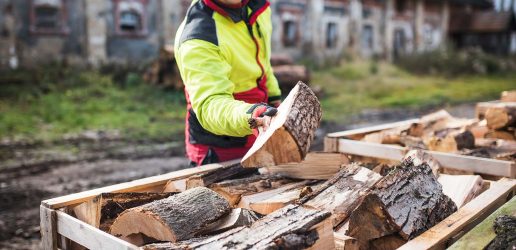ForestGALES is Forest Research’s leading wind risk modelling tool, used across the UK and internationally. Here, Tom Locatelli, Senior Climate Change Scientist and Project Leader – Wind Risk in a Changing Climate, talks about wind risk in forestry and how ForestGALES helps foresters and land managers plan and manage woodlands and forests.
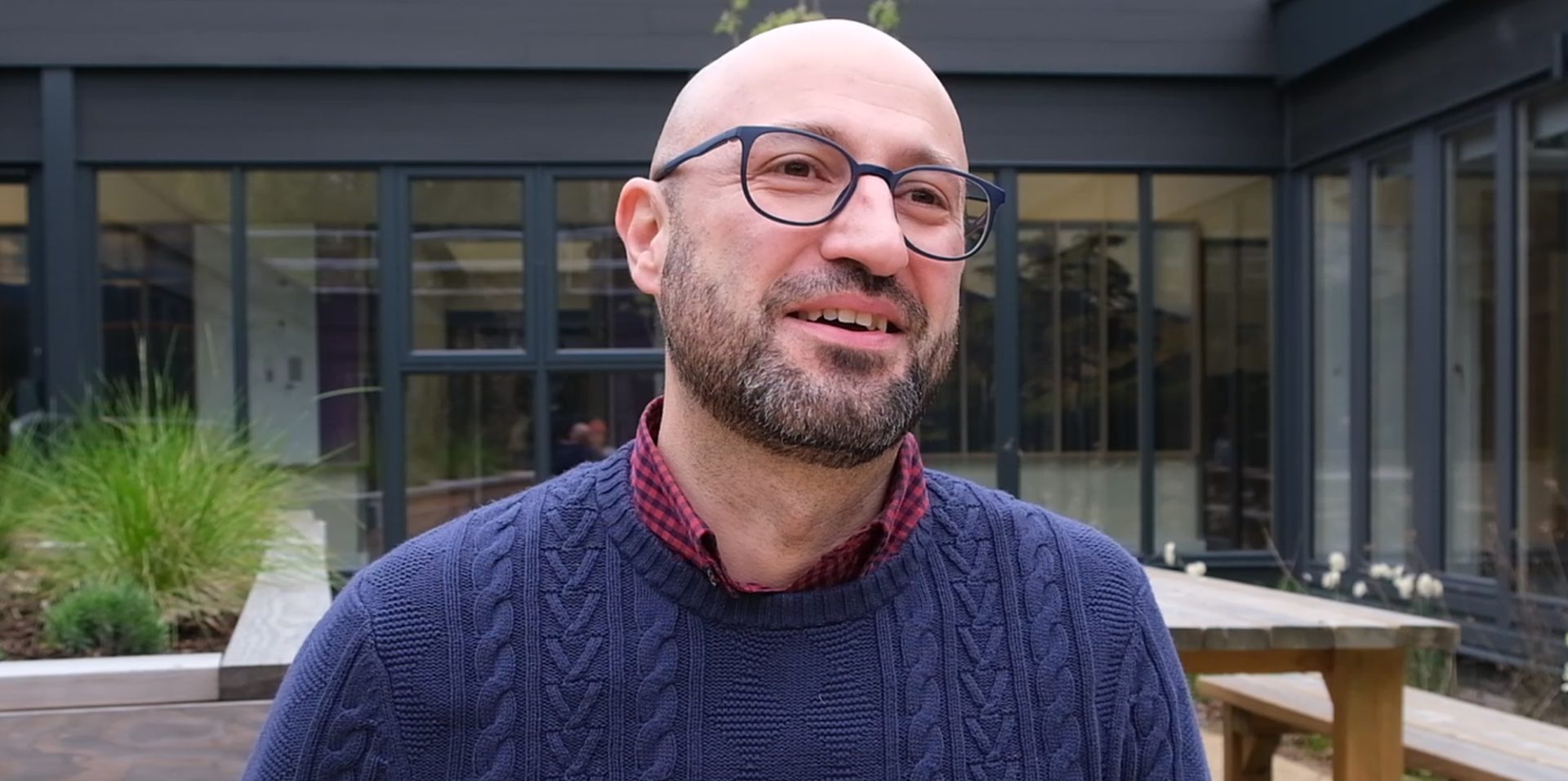
“A wide range of research all agrees that wind is the single biggest risk to timber,” said Tom. “If you look at timber losses due to disturbances over the last 30 years – whether organic or environmental, wind is by far the major hazard to forests.
“ForestGALES is a decision support tool that allows foresters to look at a range of scenarios, to help them make important decisions that could impact on the timber yield and the delivery of other ecosystem services of their forests further down the line.”
How ForestGALES works
“It’s a hybrid, mechanistic, wind-risk model. That means it contains some statistical components but it’s mostly process-based. It seeks to describe the physical processes that have a key influence on the stability of trees.
ForestGALES benefits from 25 years of research into wind risk. “The model we’ve created and developed is very flexible,” said Tom. “With some statistical models you can only have confidence they work with the data, with the trees, the stand and the forest where the data was obtained. But if you want to try out a different kind of scenario, in a different location, then a statistical model will always have large areas of uncertainty. There’s no way around that.
“The advantage of a mechanistic model like ForestGALES is that it tries to describe the dynamic interaction between various components, which makes it far more reliable when applied to different situations.
“ForestGALES has been validated multiple times in very different parts of the world. It performs extremely well every time. They key thing is how well the model performs in not just in predicting damage but also predicting those stands that remain undamaged. It consistently hits above 70 per cent accuracy, and very often above 80 per cent.
“I’d always recommend foresters and land managers use ForestGALES before they plant. The latest version has been designed to be used at various scales, including where you have a portfolio of stands. If you have a single stand, it’ll still be useful, but information on adjacent land use types would help.
“If you have a sufficiently large forest, where soil conditions and windiness vary, you have slopes and different elevations, and you’re looking to plan for your next rotation – whether that’s a commercial conifer forest, or a woodland carbon code project, or if you have safety concerns for the public and you want to keep your forest accessible – then you can plan very different silvicultural scenarios including species choices. ForestGALES also provides a way of forecasting different growth outcomes so you can see how the risk changes, at different time intervals.
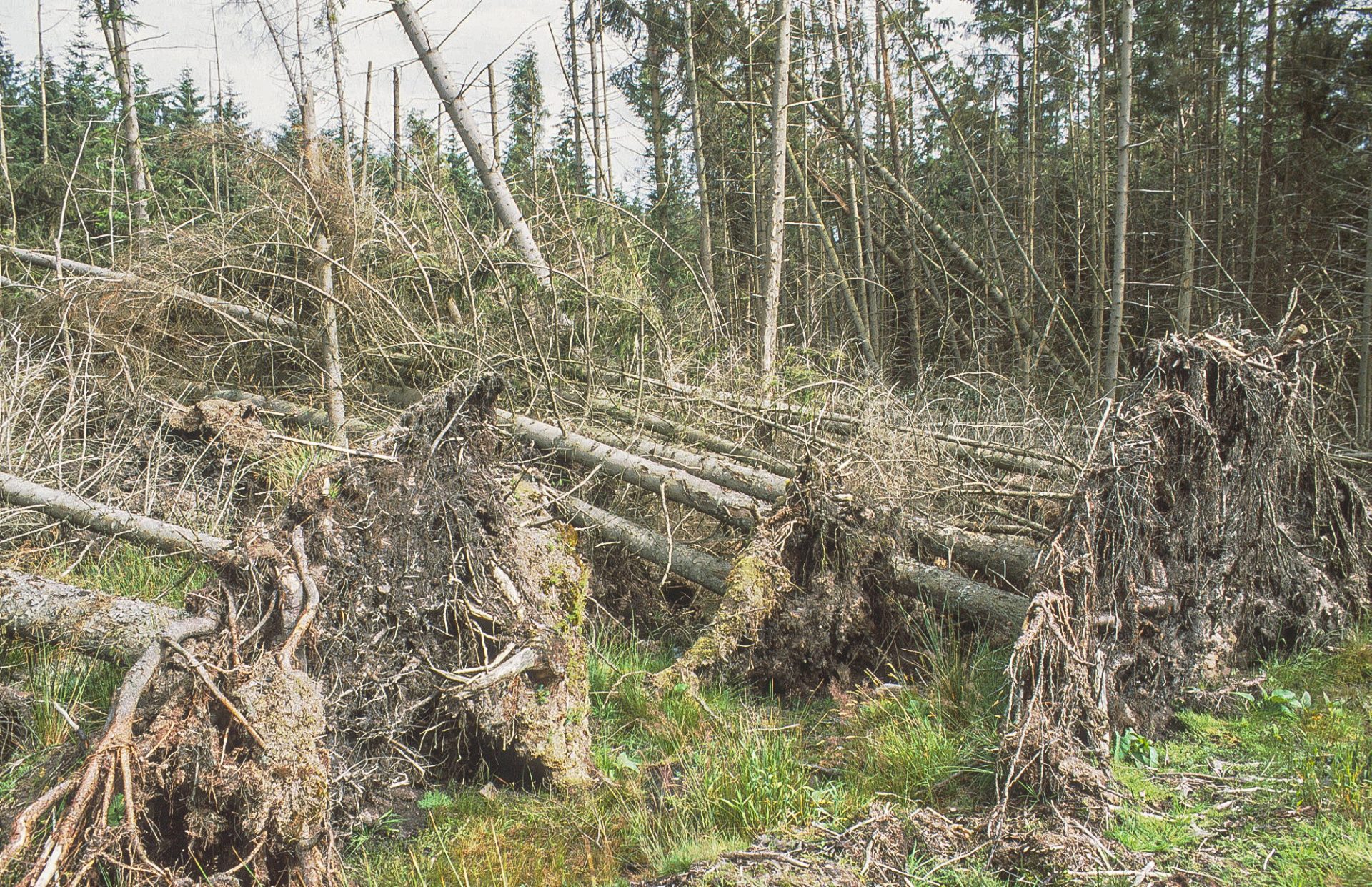
“In the last 20 years, there has been recognition that wind is a key driver in tree growth. Trees need light, nutrients, and need to be able to persist in the place they are growing. ForestGALES is very useful when planning silvicultural interventions, not just for a specific stand but for also for the adjacent stands, because you may expose a new edge.
“There are a number of studies that show trees respond to both the mean winds and extreme winds. You see it in how they grow, the roots, how tall they grow and how big the crowns get. We call it thigmomorphogenesis. Many growth and yield models haven’t incorporated that effect, but in our vibrant wind and trees research community we’re finding ways of including it. Trees inside stands haven’t had to respond to the wind as much as edge trees, so when they are exposed through management, they’re vulnerable.
“Say you have a stand you know you’ll need to harvest at some point. You’ll have to plan adjacent stands in a way that maximises their stability. The ForestGALES model helps you plan a point in time to harvest when the adjacent trees are not particularly vulnerable to wind. For example, you may choose not to thin a stand that’s downwind of another stand you’re going to clearfell.
“You can also use the model to look at the impact of different silvicultural choices. If you’re planning multiple rotations in the future you might want to include climate change variations. You may be using Forest Research’s Ecological Site Classification tool, ESC, for example, and seeing there are other species you could be planting in this area. You can then use ForestGALES to see if the wind risk trajectories for different species are more to your liking.”
Climate impact on wind risk
“There are direct and indirect impacts,” Tom said. “Direct impacts are the most difficult to predict. The Met Office tells us there is more variability year-to-year than general trends. There might be more frequent and more intense storms in the winter, although we only have medium confidence in that prediction.
“With the indirect impacts of climate change, they manifest in how trees grow. Not just trees that are stressed. Extremes and disturbances, like drought, are a consideration too. It might impact on the stem, or the roots. An increase in rain might see less root development as the winter water table rises. It could also impact on the integrity of the soil.
“Climate change may also see increased temperatures and a moderate increase in rain resulting in trees growing faster. Without any more light, they’ll put on height but no additional girth, which is a big risk factor when it comes to wind.
Accessing the ForestGALES modelling tool
ForestGALES is available as:
- a free online version (single stand version, limited functionality)
- a downloadable desktop version (full functionality) costing £50+VAT
- the latest version of the model: a fully-customisable version called fgr not just aimed at scientists and researchers, but also practitioners using GIS.
Recent News
View All news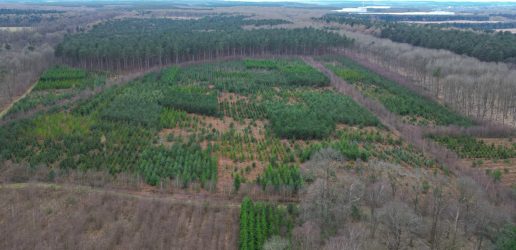
Seventeen coniferous tree species show early promise for future commercial timber production in the UK
Researchers have set up a network of nine large scale experiments across the UK to test the suitability of 17 tree species as potential alternatives for future commercial timber production.
Forest Research are looking for people involved in the harvesting, processing, transport, import, or trade of firewood in Scotland to complete an important survey.
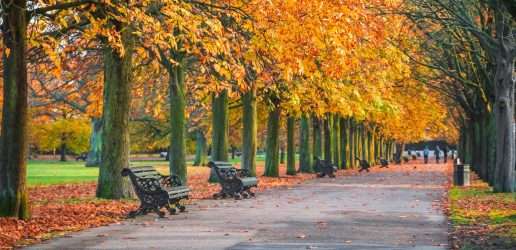
New guide to help local authorities conduct a people survey on the social value of their treescapes
A new step-by-step guide to help local authorities, charities and civic societies carry out a people survey to understand social and cultural values related to trees in their area, is now available.

Seventeen coniferous tree species show early promise for future commercial timber production in the UK
Researchers have set up a network of nine large scale experiments across the UK to test the suitability of 17 tree species as potential alternatives for future commercial timber production.
Forest Research are looking for people involved in the harvesting, processing, transport, import, or trade of firewood in Scotland to complete an important survey.

New guide to help local authorities conduct a people survey on the social value of their treescapes
A new step-by-step guide to help local authorities, charities and civic societies carry out a people survey to understand social and cultural values related to trees in their area, is now available.

